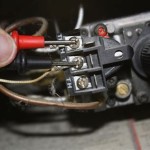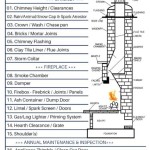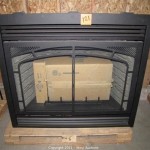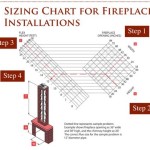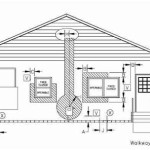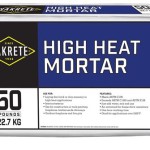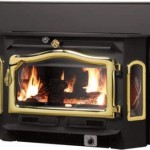Putting A Wood Burning Stove Into Fireplace: Essential Considerations
Integrating a wood-burning stove into your existing fireplace can enhance the ambiance and warmth of your home while providing a cost-effective heating solution. However, it's crucial to approach this project with proper planning and execution, accounting for various factors to ensure safety and functionality.
1. Chimney Inspection and Modification:
Before proceeding, schedule a thorough chimney inspection to assess its condition, including the flue lining and any potential obstructions. The flue must be in good working order to vent combustion gases safely. Modifications may be necessary, such as relining or installing a larger flue liner to accommodate the higher heat output of the wood stove.
2. Hearth Extension:
Most wood-burning stoves require a non-combustible hearth extension that extends beyond the front opening by a specified distance. This protects the surrounding floor and combustible materials from heat and sparks. Ensure the hearth material, such as brick, stone, or tile, meets local building codes.
3. Stove Selection and Placement:
Choose a stove that is appropriately sized for the space and has the desired heating capacity. Consider the firebox size, burn time, and efficiency ratings. Determine the optimal placement within the fireplace, ensuring it is level and has sufficient clearance from walls and other objects.
4. Flue Connections:
Connect the stove's flue to the chimney using a high-temperature sealant and clamps. Ensure the connection is airtight to prevent combustion gases from leaking into the room. Inspect the flue regularly for any signs of damage or leaks.
5. Ventilation:
Adequate ventilation is crucial for proper combustion and safe operation of the wood-burning stove. Ensure there is enough fresh air supply in the room where the stove is installed. Consider installing an air inlet pipe to allow outside air to enter and support the fire.
6. Fuel Source:
Use only seasoned hardwood that has been split and dried for at least a year. Avoid burning softwoods, treated lumber, or other materials that can release harmful chemicals or excessive smoke.
7. Safety Precautions:
Always operate the wood-burning stove according to the manufacturer's instructions. Keep a fire extinguisher nearby and never leave a fire unattended. Install carbon monoxide detectors in the room where the stove is used to alert you to dangerous gas levels.
8. Regular Maintenance:
Schedule regular inspections and cleanings to maintain optimal performance and safety. Clean the stovepipe, chimney, and flue to remove soot and debris that can obstruct exhaust flow. Inspect the stove's gaskets and other components for wear and tear, and replace as needed.
By following these essential considerations and consulting with qualified professionals, you can safely and effectively integrate a wood-burning stove into your fireplace, adding warmth, ambiance, and cost efficiency to your home.

Can I Put A Wood Stove In My Fireplace

Can You Install A Wood Stove In Fireplace Direct Stoves

Is It Possible To A Install Wood Stove In An Existing Fireplace Legacy Stoves

Converting A Fireplace To Wood Burning Stove Chesneys

Can I Put A Wood Stove In My Fireplace

Converting A Fireplace To Wood Burning Stove Chesneys
Wood Stove Inserts In Our Fireplace Showroom

How To Prepare A Chimney For Wood Burning Stove Houzz Ie

Your Guide To Wood Stove Installation Full Service Chimney

Why A Wood Burning Fireplace Insert Bethesda Md Service

